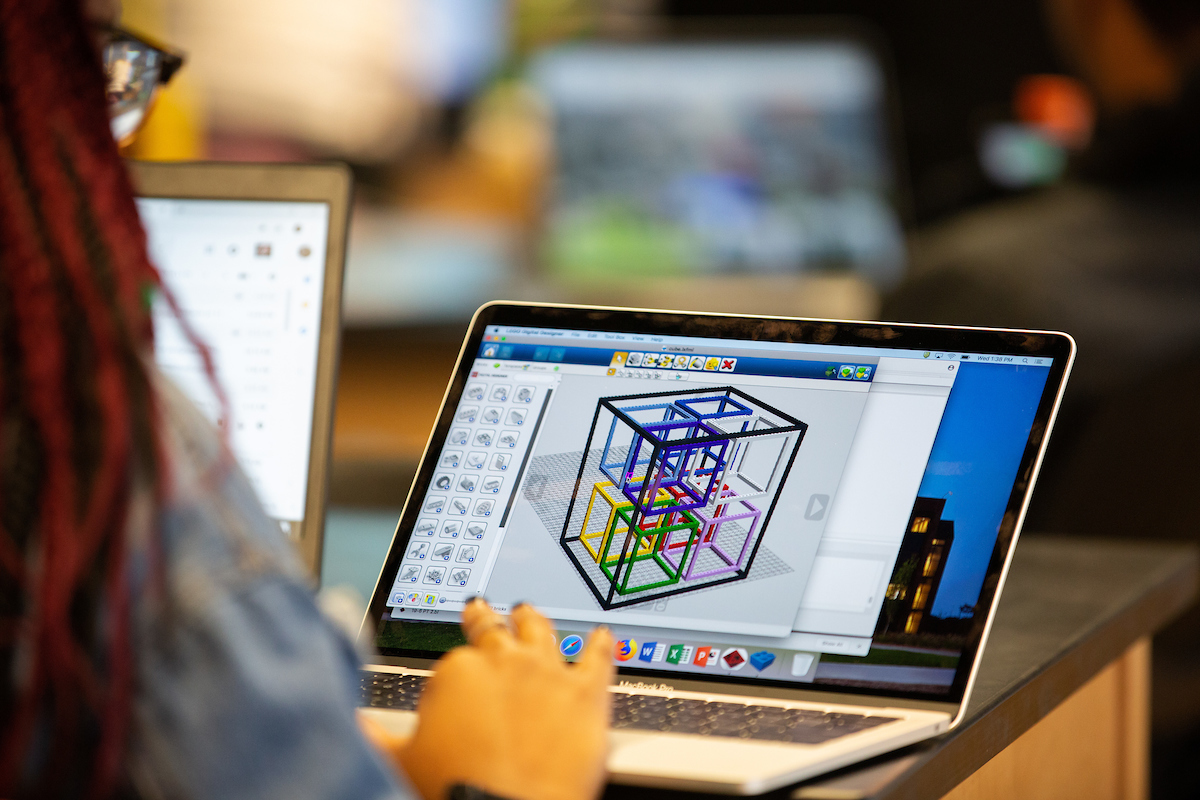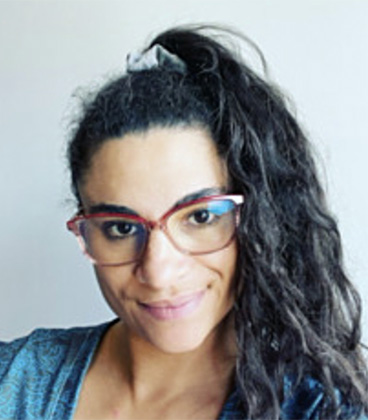Former Math Teacher Explains Why Some Students are ‘Good’ at Math, Others Lag Behind
From The Conversation: UNO Teacher Education faculty member Fran Anderson explains how all students need to see themselves as mathematicians so they develop personal connection to mathematics learning.
- contact: College of Education, Health, and Human Sciences
- email: unocehhs@unomaha.edu

When UNO Teacher Education faculty member Frances (Fran) Anderson saw the latest math scores for America’s fourth- and eighth-graders, she was hardly surprised that they had dropped. Until recently – including the period of remote instruction during the pandemic – Anderson taught high school math to students at all levels. Now she is a researcher seeking to change how people understand children’s math ability. In the following Q&A, Anderson explains what makes some kids "good" at math and what it will take to catch up those who have fallen behind.

Fran Anderson, Teacher Education faculty member
What was the hardest part about teaching during the pandemic?
Seeing students who already struggled not be able to get what they needed during that time. Before the pandemic, I could work with students one on one, have students work in pairs, or have students in more advanced classes come tutor students in entry-level classes. During the pandemic, all of this was taken away because we didn’t share the room with our students and – at least in the initial stages of the pandemic – many of us didn’t have the skills to use comparable teaching strategies online.
How do you explain the recent drop in math scores?
Once schools shifted to remote learning during the pandemic, teachers didn’t have as many ways to keep students engaged. It was difficult to do hands-on activities and project-based learning, which are better for students who struggle in math.
It’s not true that some kids are good at math and others aren’t. It comes down to what kind of exposure and experiences children have early in their lives."
Math teachers had to tell students what to do in mathematics, but this kind of direct instruction works for only about 20% of students. A lot of teaching math is visual. You need so much more space than just one screen. Teachers might use their words, hand gestures, whiteboards, graphs, diagrams, objects, physical movements, student work examples and more. These actions and items build a comprehensive experience and build more of the skills that math students need since the students can look at several of these teaching aids at once. Online, the teacher is limited only to what can be seen on their screen or on one student’s screen at a time, which is vastly different.
In addition to being visual, teaching math is a lot about what is said during class. In fact, one of the most important functions of effective math teaching is how the teacher engages in conversations with students about mathematics. This conversation, known as classroom discourse, has great power to help students learn. When every student is muted so that they can hear the teacher, it’s impossible to hear the students speak about mathematics.
Why are some students 'good' at math and others can’t solve basic problems?
It’s not true that some kids are good at math and others aren’t. It comes down to what kind of exposure and experiences children have early in their lives. Some parents see to it that their kids do more with numbers than others. They do more at home, they do more in social events, and they do more in school. These routine exposures make them appear good at math. It isn’t that they’re good so much as it is that they had more time to work with mathematics.
Why did you leave teaching?
I still teach today , only I teach a different set of students: future teachers. As a schoolteacher, my impact was limited to the 180 students that I had each year. But now I am in a position where I can impact about 100 future teachers every year. That means each of those 100 future teachers can turn around and impact 180 students themselves every single year. In my position now, I can help so many more students in education than I ever could being a classroom teacher.
What is the focus of your research?
The purpose of my research is to change how people think about math ability and inability, which means a lot of my time is spent reading about mathematics teaching and learning. One of the most compelling articles that I’ve read explained that the brains of math experts, such as people who are mathematicians, compared to nonexperts are no different. Then, watching Jo Boaler, a widely respected math education researcher, explain how plastic the brain is, even through adulthood, has made me realize that math is not an innate ability; it is a learned skill, just like a lot of things. The goal of my research is to find enough convincing evidence for everyone to believe this as well.
What’s the best way for students to catch up?
More time.
Students who have fallen behind should have twice as much instruction to engage in grade-level mathematics. And the time spent in math should be organic, rich, task-based teaching and learning. What this means is meaningful, personal experiences need to happen every day in math class. For example, a hands-on activity in math class, a story problem that is relevant to every student, or the students creating their own story problem with a teacher asking different types of questions to challenge the learners. All students need to see themselves as mathematicians so that they develop a personal connection to mathematics learning.
This article is republished from The Conversation under a Creative Commons license. Read the original article .